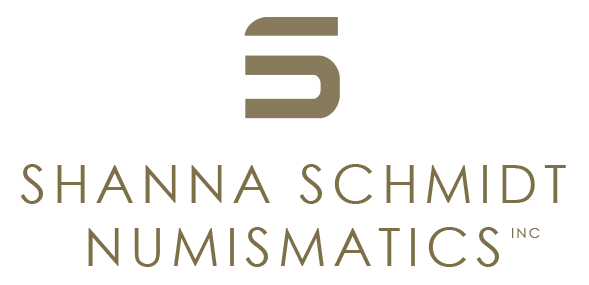Japanese Empire. Emergency Currency during WWII, Shōwa Era. Emperor Hirohito, 1926-1989 AD Kyoto, Arita, or Seto, , 1945
Japanese Empire. Emergency Currency during WWII, Shōwa Era. Emperor Hirohito, 1926-1989 AD Kyoto, Arita, or Seto, , 1945
Pattern Porcelain Sen, 0.97g (14mm, n/a).
View of Mt. Fuji / Chrysanthemum flower.
Pedigree: From the St. George Collection
References: KM Pn75
Grade: In good state of preservation. EF
wc1274
Scroll down for more information about this coin.
With WWII raging, and the ongoing American efforts to restrict Japan’s access to vital war materiel, the Imperial mint found it increasingly difficult to acquire the metal needed to strike their coinage. This shortage resulted in a short-lived yet fascinating numismatic experiment. They turned then to both The Kyowashinkou Porcelain Company and Seto Company to produce these coins. While these are not the only example of emergency coinage being produced out of ceramic, it is perhaps the most interesting. First off, while cataloged of porcelaine, they are actually 60% Sankansaka Clay, 15% Granite, 15% Red clay and 10% other material. The varying coloration comes solely from the different levels of “doneness” the coins reached during the baking process which reached up to 1,250 degrees Fahrenheit.

